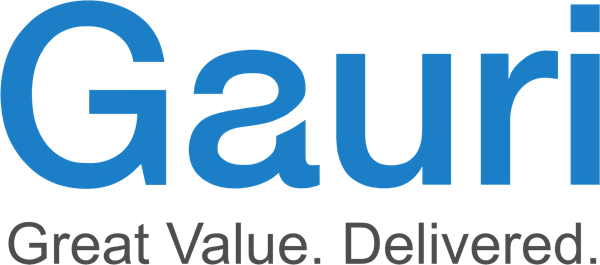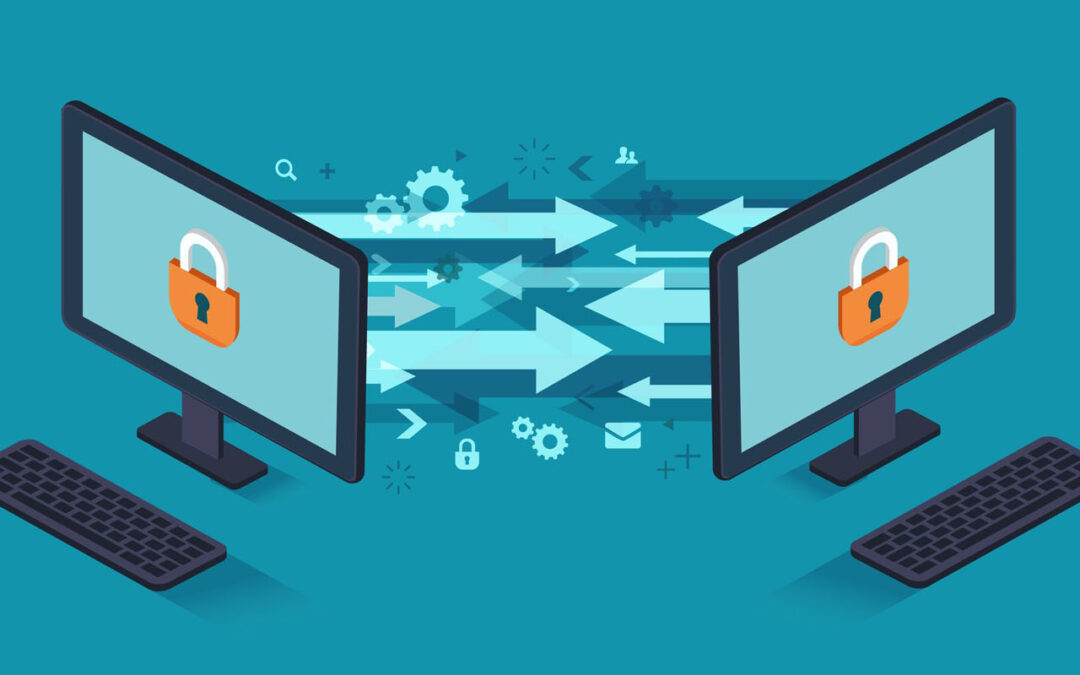For an end user, it may mean keeping income and expenditure in sync. For a business user, it could mean having the same set of data available wherever needed. For an IT user, it may mean maintaining data consistency across the enterprise landscape using different software tools.
Today, most of the organisations are running their business operations via the cloud and on premise systems, but the challenges arise for IT when it comes to synchronising the data for different systems to avoid inconsistency. This blog discusses the process of Data Synchronisation introduced by the iPaaS (Integration Platform-as-Service) vendors specifically meant for business and IT users.
In technical terms, Data Synchronisation is the process of establishing consistency among data from a source to target data storage & vice versa, and subsequent continuous updates or insertion of the data over time.
Data Synchronisation is enabled through specialised software that tracks data versions as they are created and utilised by different systems. The other use case of Data Synchronisation may involve data mirroring, where each data set is exactly replicated or synchronised with another device/storage or a system.

The diagram illustrates the Data Synchronisation process between the two systems with help of iPaaS. Here, the Data Synchronisation process is a repetitive task. As and when the new versions of the data are created/modified, this needs to be synchronised across the systems associated.
To explain with an example:
You could have account data or contact data in Salesforce and in the ERP system (please see the diagram). You would have customer information for each of these systems which needs to be synchronised in real-time. Using the Data Synchronisation task within the IPaaS, this can be achieved.
There are many IPaaS vendors like Informatica Cloud, Mulesoft, Dell Boomi, SnapLogic, SAP, Oracle, Jitterbit and many more working towards the seamless integration of cloud to cloud and cloud to on-premise system integration. These tools have also provided a way to achieve Data Synchronisation across the systems by introducing pre-built connectors to connect any SaaS and On-prime application, database, or service.
IPaaS tools have matured over a period of time, and are helping business users to reduce integration pains and a total cost of implementation. It’s a matter of deciding which is the best solution for your business case.
Thanks for reading, we will see you in our next upcoming posts around the new changes taking place in the IPaaS world.

